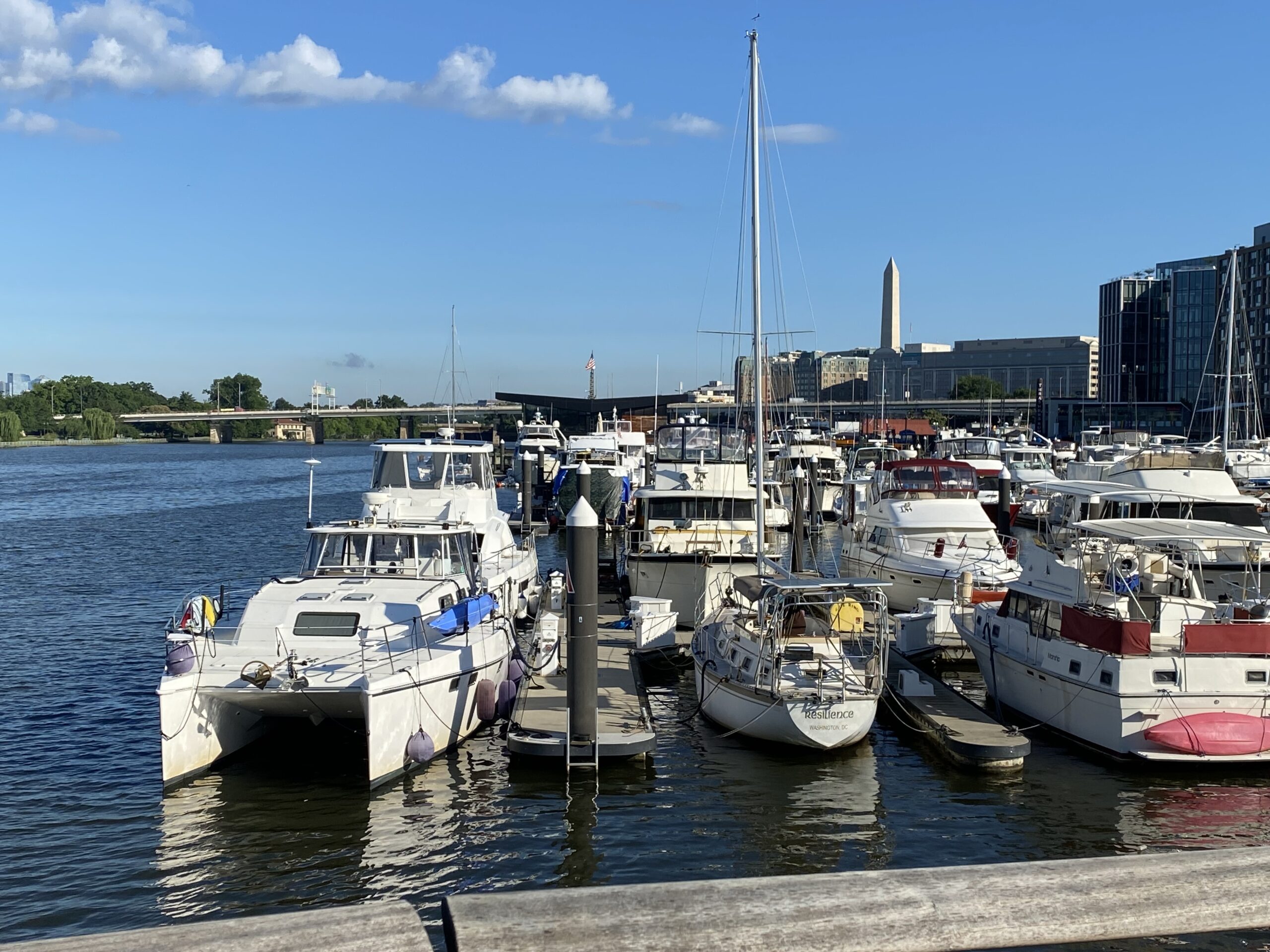$10 billion set aside to help businesses recover, especially those facing disadvantages
Some companies that survived the pandemic have found ways to pivot, innovate and adapt to the new circumstances of a changed world. In some cases, they even managed to thrive. But many others are still hanging on by a thin thread as they work to avert becoming collateral damage in a global health crisis with no predictable end in sight.
The American government recognizes that small businesses are the paving stones that can build the path to recovery. There are about 32 million of them in the United States and they are vital to the US economy. But they also tend to be the ones most affected by the pandemic. For some companies, the challenge to survival is only growing greater as the reality of rising costs and a supply chain backlog intensify.
But hope is not lost. Relief is on the way. In an effort to help entrepreneurs rebound and recover, the federal government is gearing up to start distributing $10 billion in funding to states and other entities. These resources have been allocated under the State Small Business Credit Initiative (SSBCI) program.
Strengthening state programs
Small businesses are permitted to use the funds in a variety of ways, including start-up costs, working capital, franchise fees, inventory, and equipment. Services that are used in the production, manufacturing, or delivery of a business’ goods or services are also eligible for funding.
Real estate expenditures are allowed if certain criteria are met. Businesses can use their SSBCI funds in the purchase, construction, renovation, or tenant improvements of an eligible place of business. The money cannot be used for passive real estate investment investments.
Every financial institution lender is required to get an assurance from the borrower confirming the loan proceeds will only be used for a legitimate business purpose.
The SSBCI was designed to provide a jump-start to entrepreneurs in need by strengthening state programs that support small businesses. Some of the money will be earmarked specifically for entrepreneurs who face disadvantages due to factors such race or region.
“For too long, those in underserved communities have not had equal access to capital and the opportunity to pursue their visions,” said Deputy Secretary of the Treasury Wally Adeyemo. “The pandemic only deepened that divide, hitting small businesses owned by people of color especially hard. The SSBCI program seeks to change that by providing capital for investments in small businesses across the country, creating jobs and giving small business owners in all communities a chance to compete and thrive.”
American Rescue Plan
The initiative is part of the American Rescue Plan Act that President Joe Biden signed into law on March 11, 2021. The federal government won’t be funding businesses directly. Instead, each state and US territory, the District of Columbia, and Native American tribes will apply to receive funding. The monies received from these entities will then flow to participating approved lenders.
Although lenders will have the leeway to determine their own interest rates and loan terms, they face guidelines preventing them from charging excessive fees.
There are no grants available under this program, but states can set up venture capital programs to facilitate equity capital investments.
Breathing new life
The SSBCI program was first created through federal legislation called the Small Business Jobs Act of 2010 as a measure to address fallout from the Great Recession. Back then, it was funded with just $1.5 billion, a fraction of the amount designated for the program’s latest iteration.
The American Rescue Plan breathed new life into the SSBCI, as it was reauthorized and expanded beyond the original version. Some of the programs SSBCI funds will support include those offering venture capital, loan participation, loan guarantee, collateral support, and capital access (otherwise known as CAPs).
The government money that flows into keeping small businesses afloat through this crisis period is expected to have an exponential effect that will generate multiples times the money spent.
It is important to support the entrepreneurs who helped to form the fabric of the US economy, and the Treasury’s Adeyemo echoed that sentiment in his statement.
“America’s economic competitiveness is built on our innovation and on the entrepreneurs who have been able to turn their ideas into successful businesses,” said Adeyemo.
Funding formula
Each government entity seeking to receive funding under the SSBCI must apply to the federal government and detail how their programs are expected to kickstart economic growth and job creation.
The $10 billion allocation is divided into several components.
SSBCI’s main capital allocation will provide $6.5 billion to states according to a formula, although each state will receive a minimum of $56.2 million. The money will be distributed in three payments. To unlock each subsequent payment, states and tribes must show that they have either transferred or committed 80% of the funds from the last payment.
States and tribes have three years to allocate 80% of the first two payments to small businesses, but until September 30, 2030, to distribute the rest.
Funding disadvantaged businesses
SSBCI has designated another $2.5 billion specifically targeted to assist those businesses that face greater challenges, a measure that wasn’t part of the original 2010 program. To that end, $1.5 billion will be allocated to support small businesses “owned and controlled by
socially and economically disadvantaged individuals,” otherwise known as SEDI-owned businesses.
The other $1 billion is designated as an incentive for regions that can demonstrate they used their prior allocations to deliver what the Treasury determines is “robust support” to SEDI enterprises.
Native American tribal governments will receive an additional $500 million to fund their lending and venture capital programs.
Finally, $500 million will be available for technical assistance. That could be accessed by organizations such as small business development networks that provide legal, accounting and financial services.
~ ~ ~
A note from Greg
Every state will make decisions about where this money will land, and we don’t yet know the full extent of the funding opportunities available from region to region. But rest assured, I will be here to help you navigate your way through this potential source of financial support as more details are known. I am watching these developments closely. Stay tuned.




